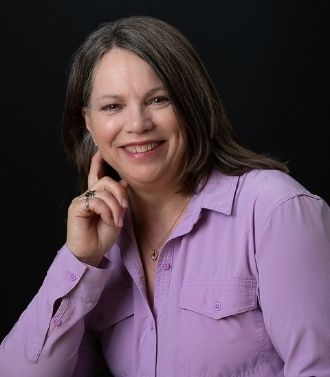

Wikipedia (Wiki), Google and Google Scholar are examples of excellent tools for basic information on a mine, if such information is available. Wiki pages often have a list of references which will guide the reader to other sources of documentation. At a minimum, Wiki can be a great guide for getting the proper terminology for the more advanced searches. It is good practice to never rely on a single source for important information.
Google, and Google Scholar in particular, are excellent tools for starting to search for scholarly literature that is listed in the public domain. These can help to find relevant resources in documents such as theses, books, abstracts, publishers, conferences by professional societies, and so on. Google changes their user interface screens occasionally so the “Advanced Search” functions may not be visible when Google or Google Scholar are opened. But it is possible to search based on words, phrases, author, dates, etc. It is just a matter of finding the advanced search menu. Google Scholar also allows the user to specify that searching be done at certain library links. This function is found in the “settings” menu. By specifying a location such as “University of Saskatchewan” or “Harvard”, one can see the on-line holdings of those specific libraries.
This is particularly useful if there is a library in your city. The libraries will buy access to different databases of articles, journals, bibliographies, and so on. Examples include Engineering Village and Scopus. You will cover the following in this section that describes sources that can be used to access information about mines:
Other tricks to finding resources are to use Google Images or YouTube. A simple search on a mine’s name may bring up an image. If lucky, the image can then be used to link to the source of the publication. A YouTube video may exist that describes aspects of a mine. This can be from a news story, or possibly, from a manufacturer that has developed a product for this mine.

shutterstock image 674376325

Her career and volunteering since she graduated from Geological Engineering in 1990 has been related to the mining industry.
